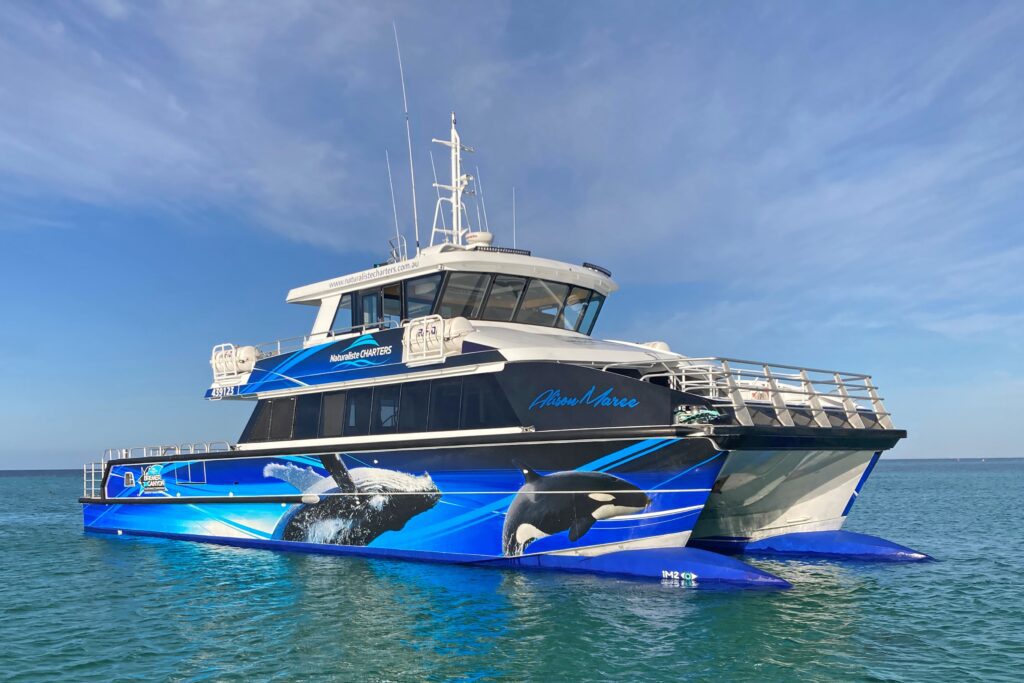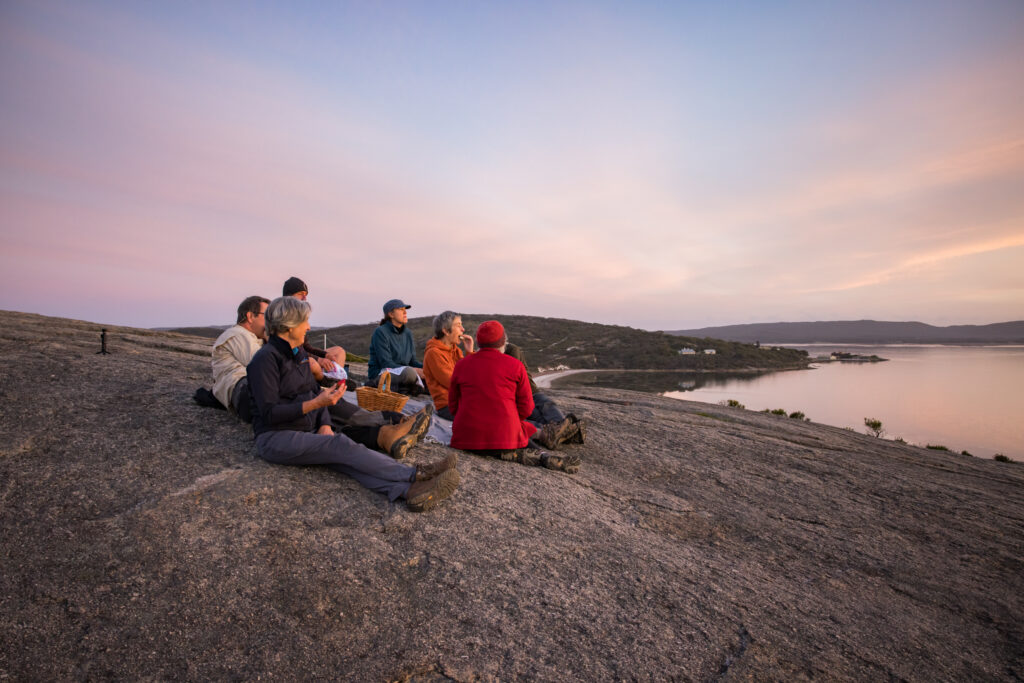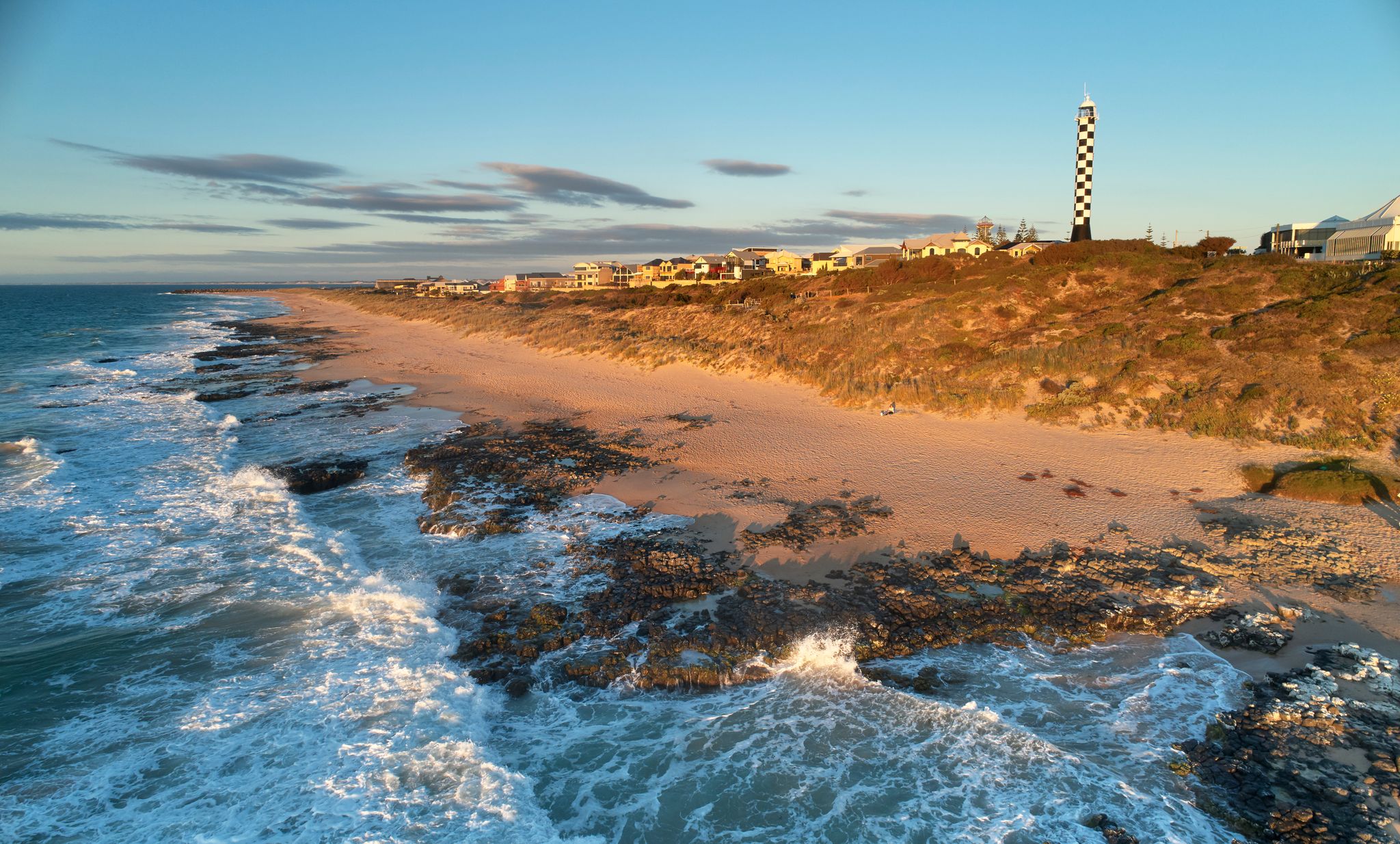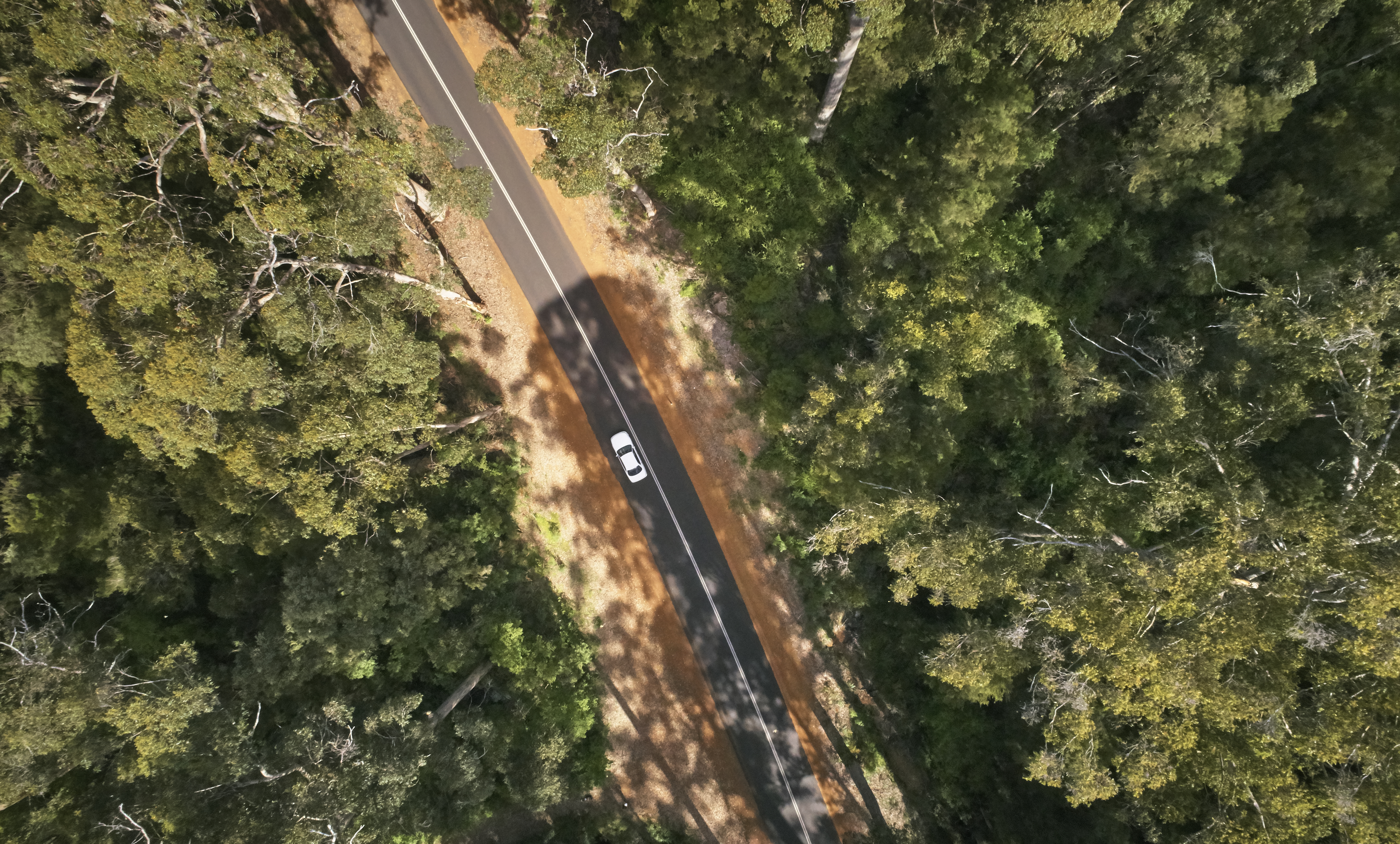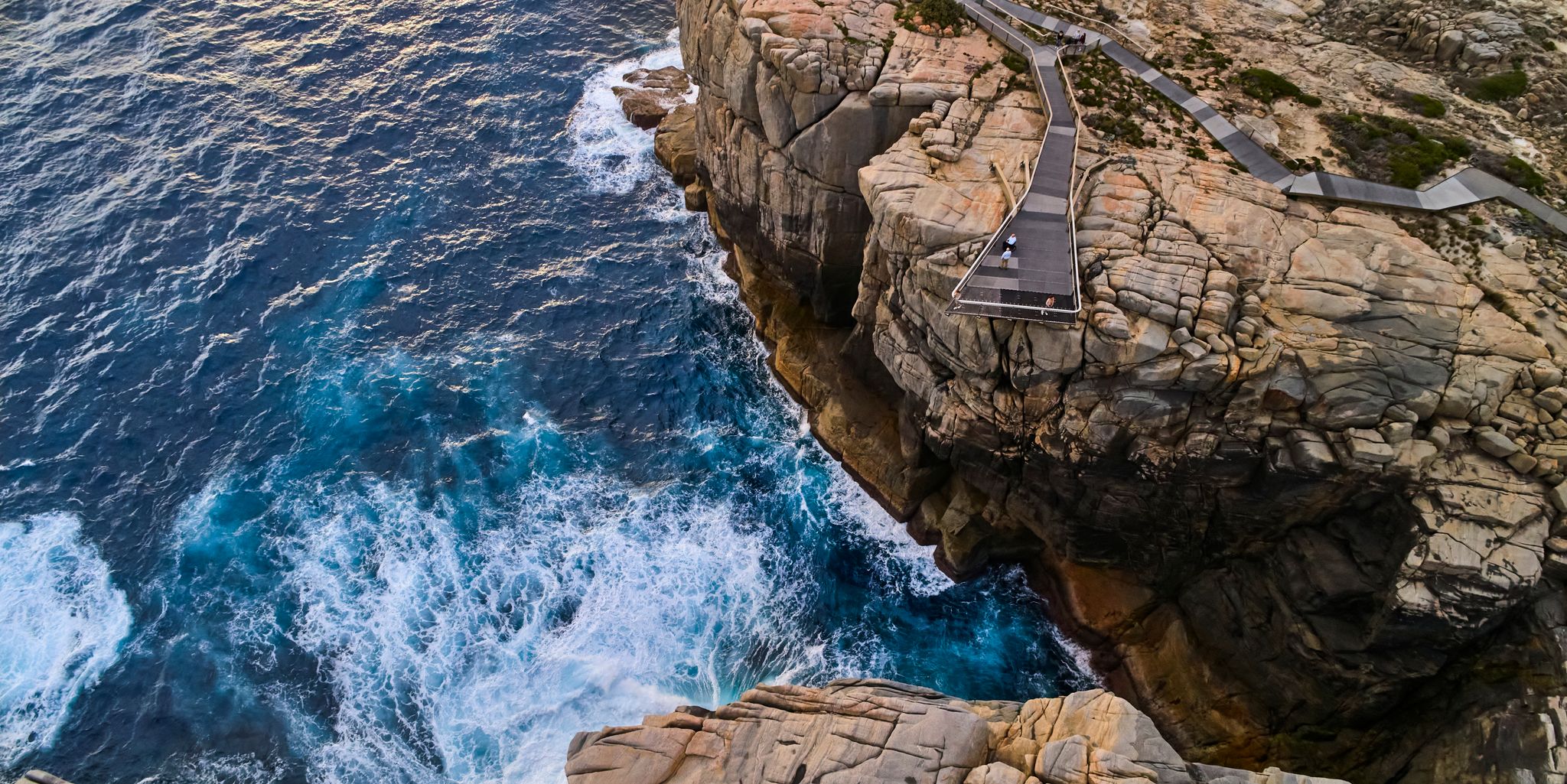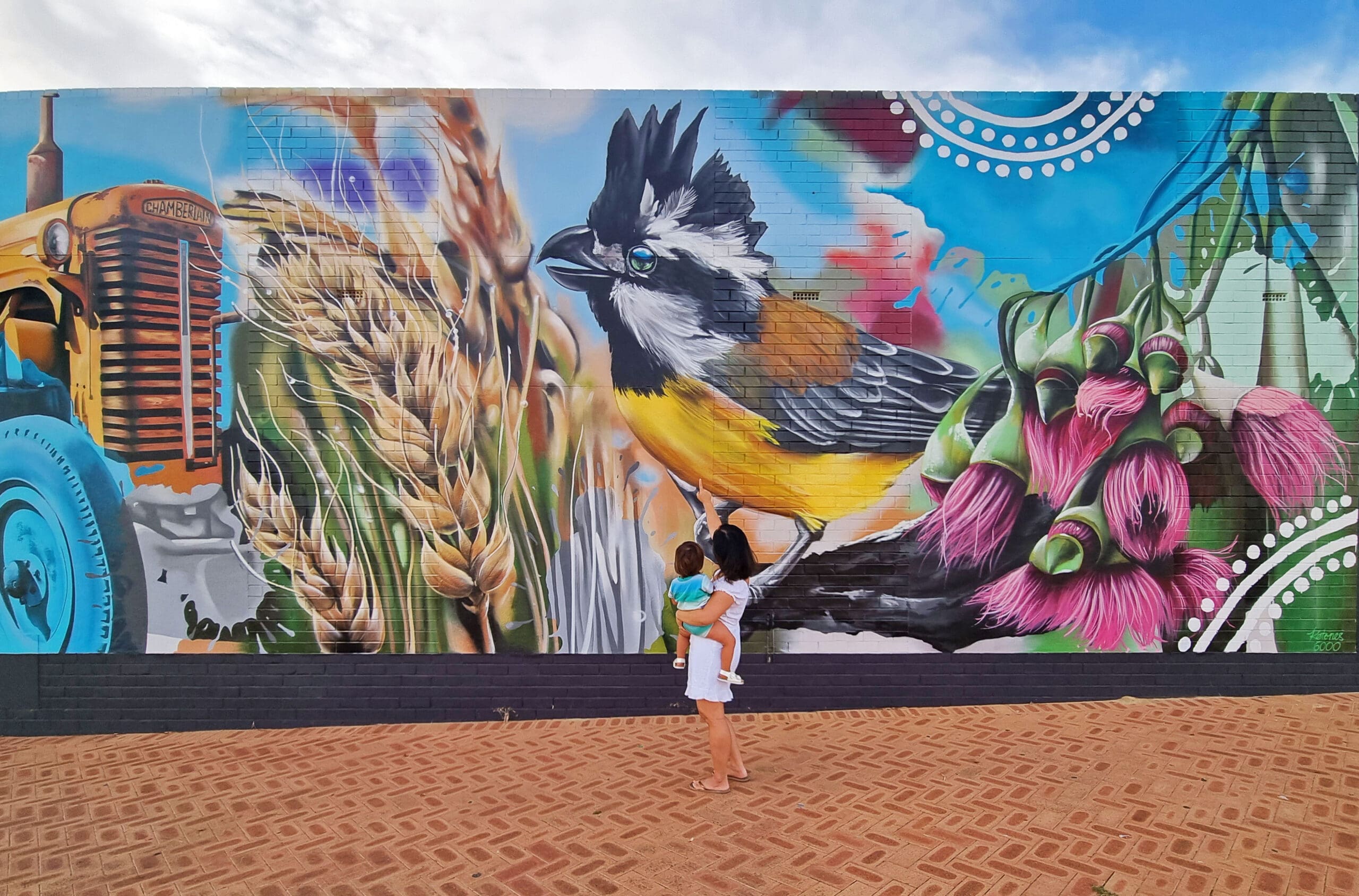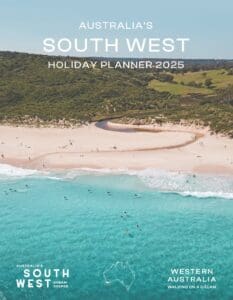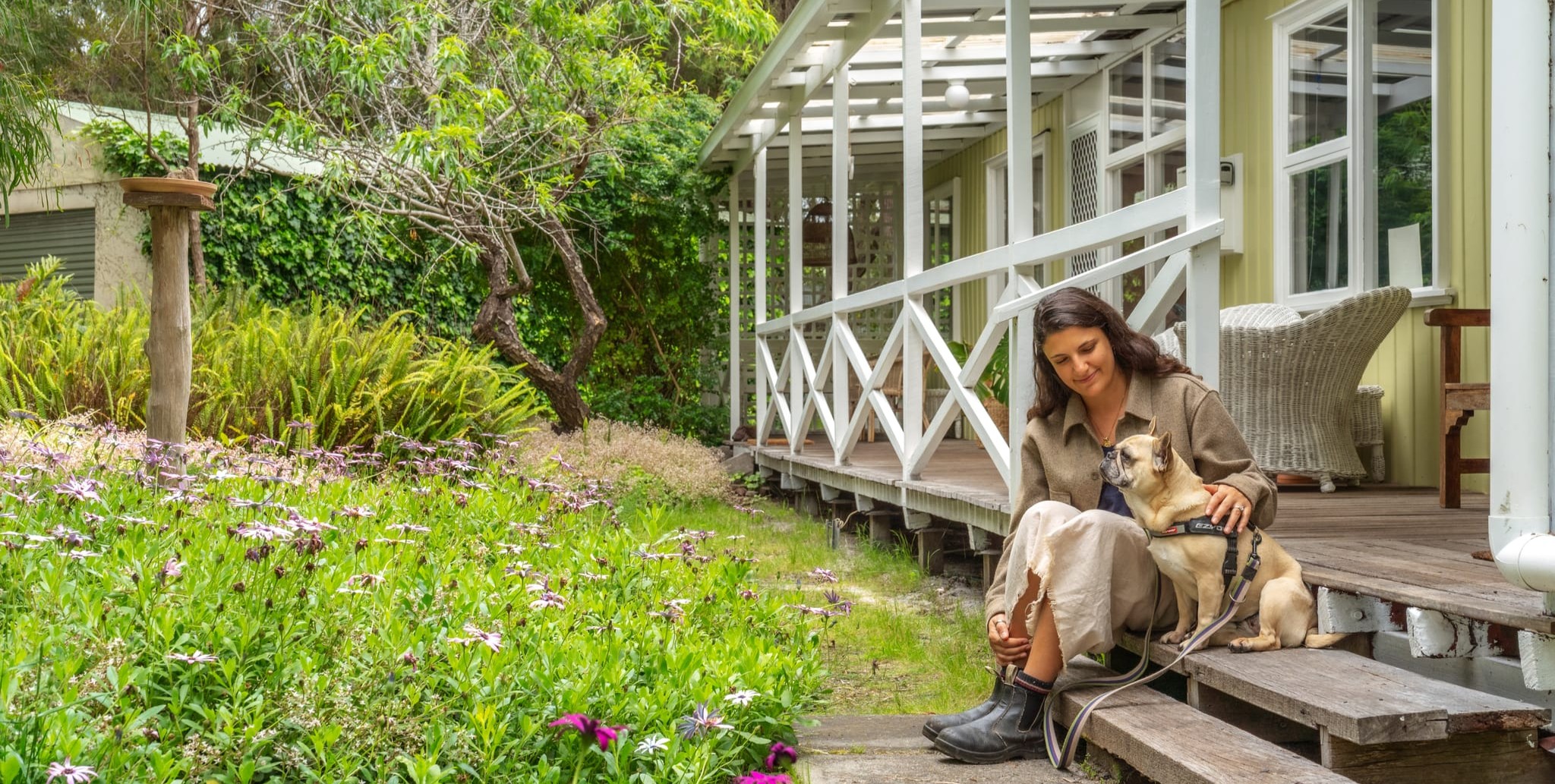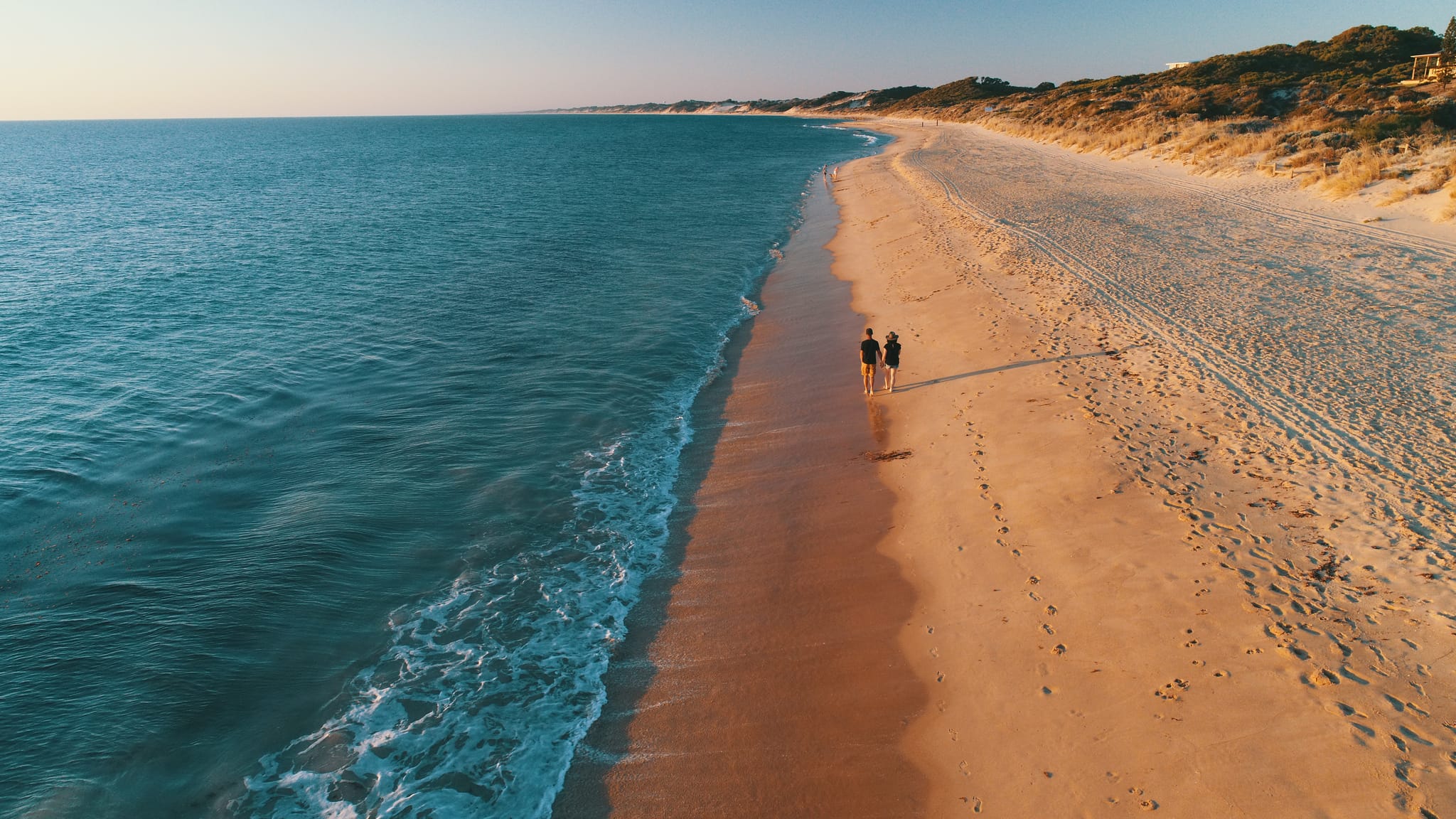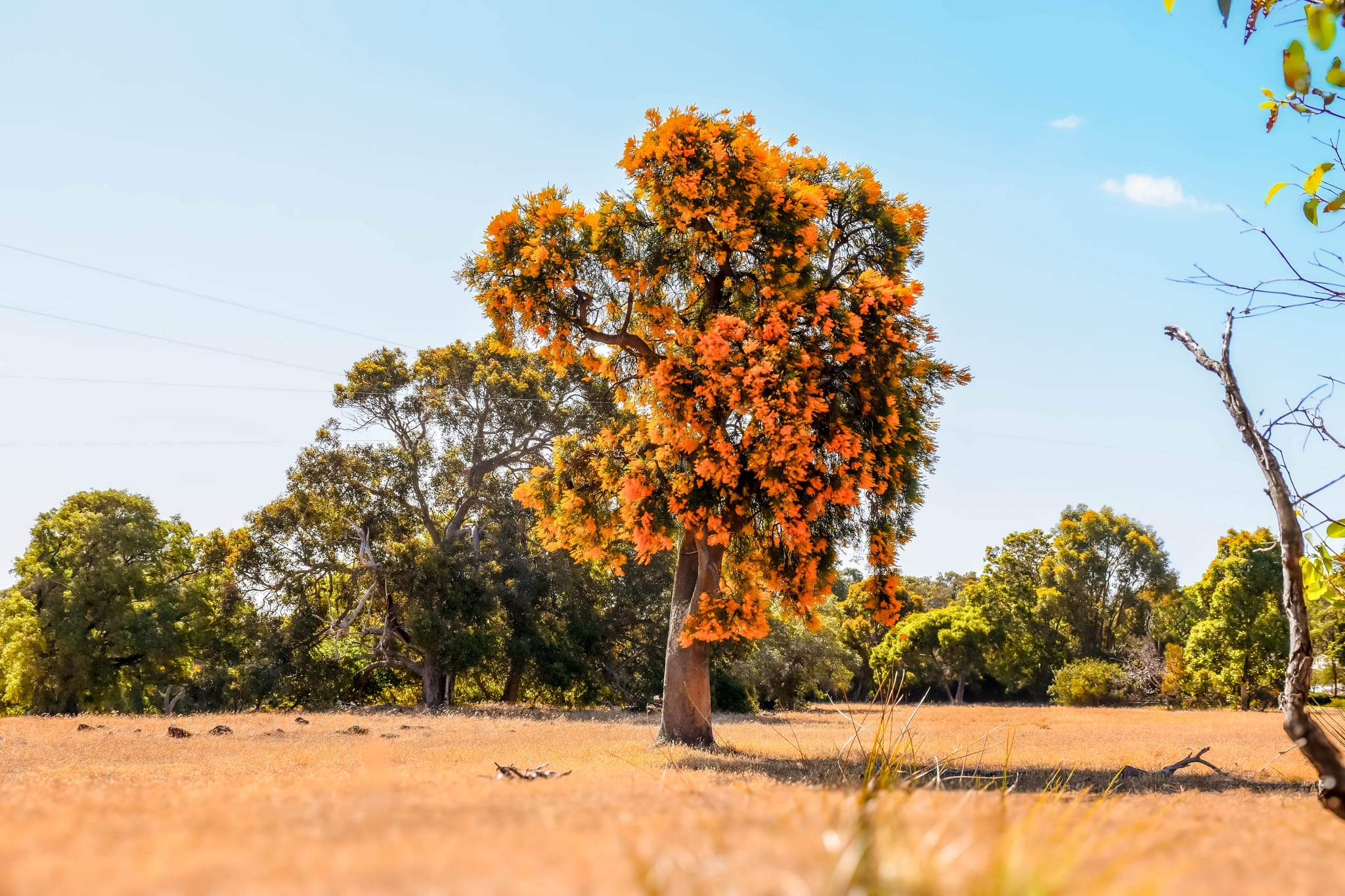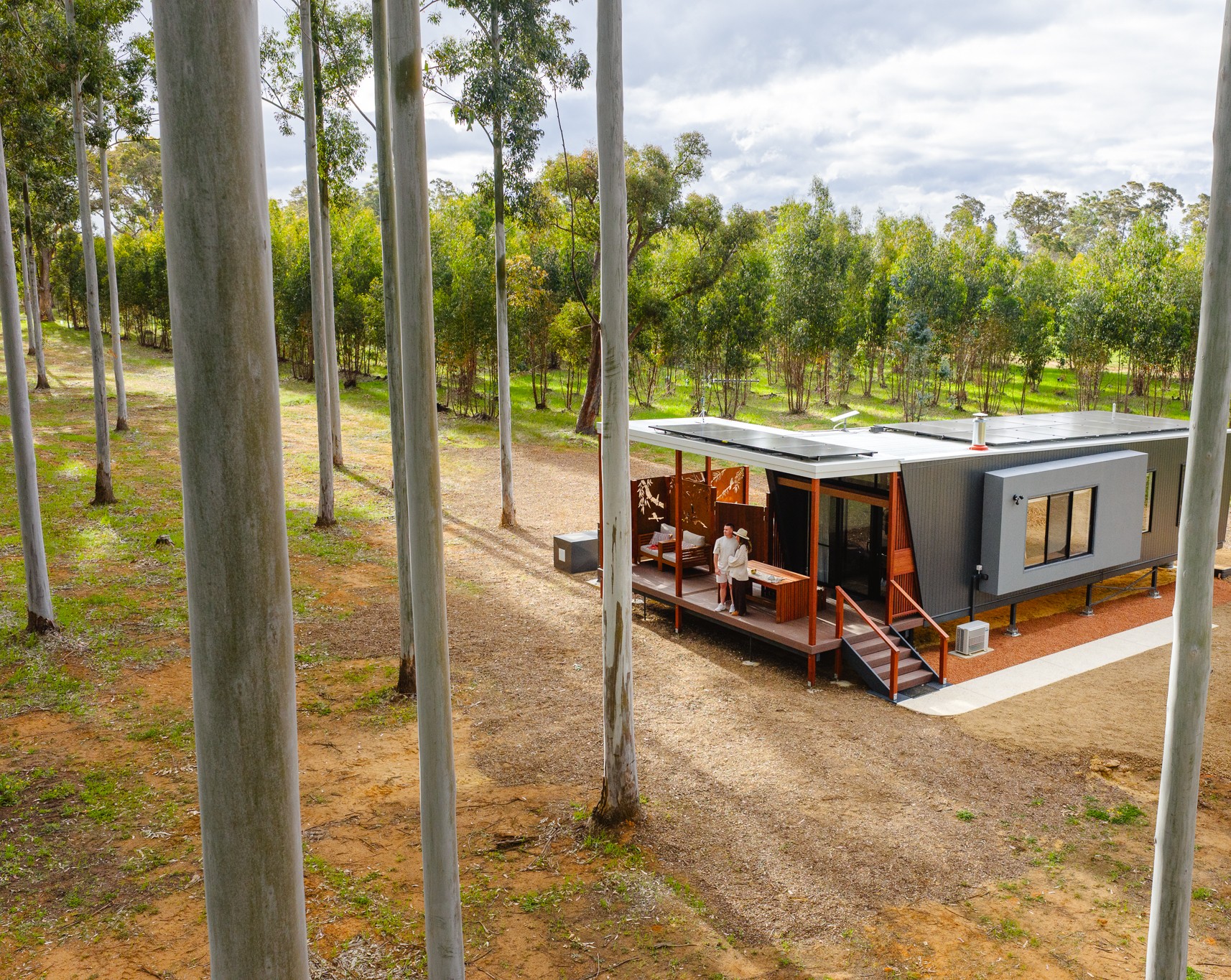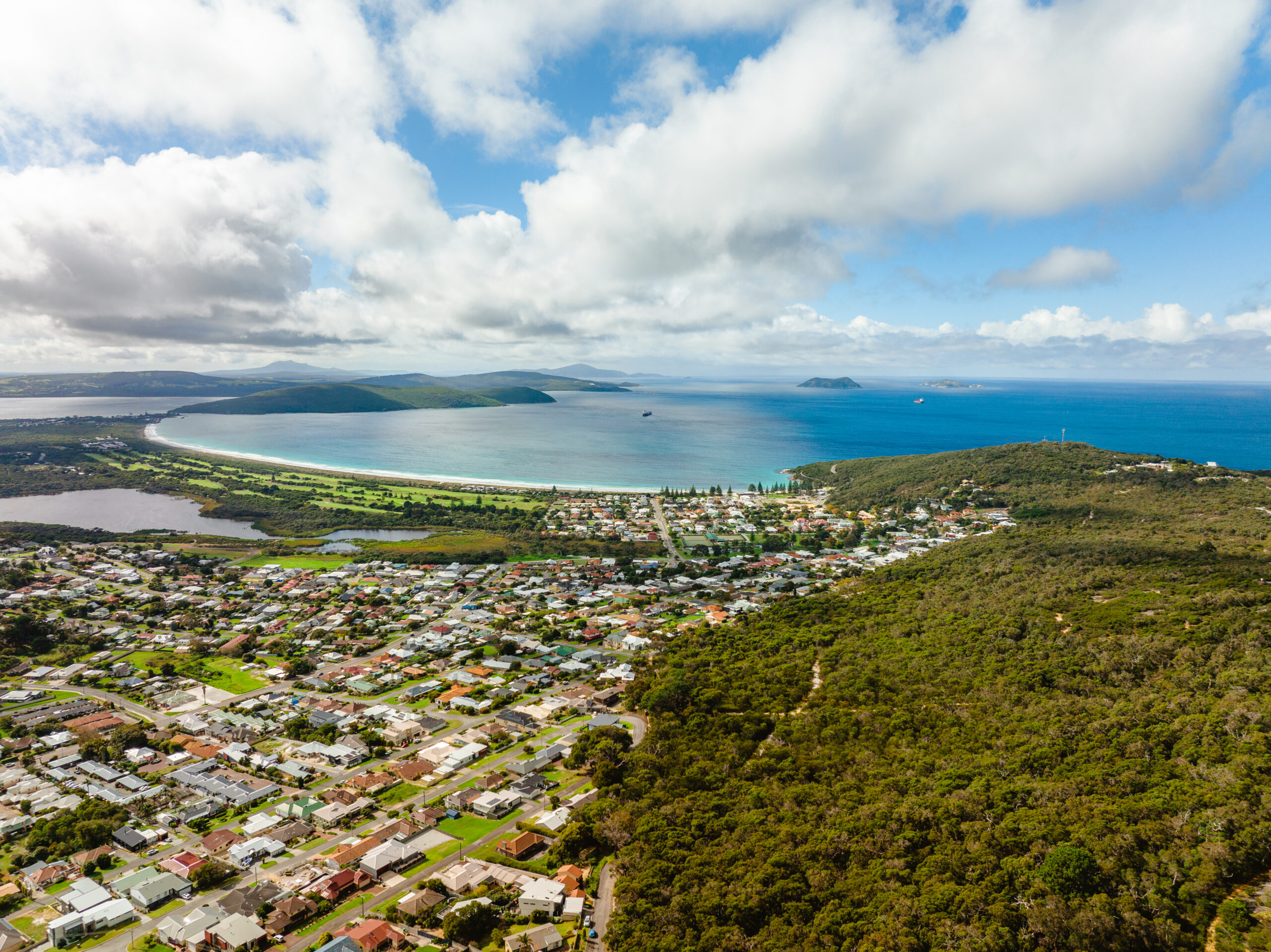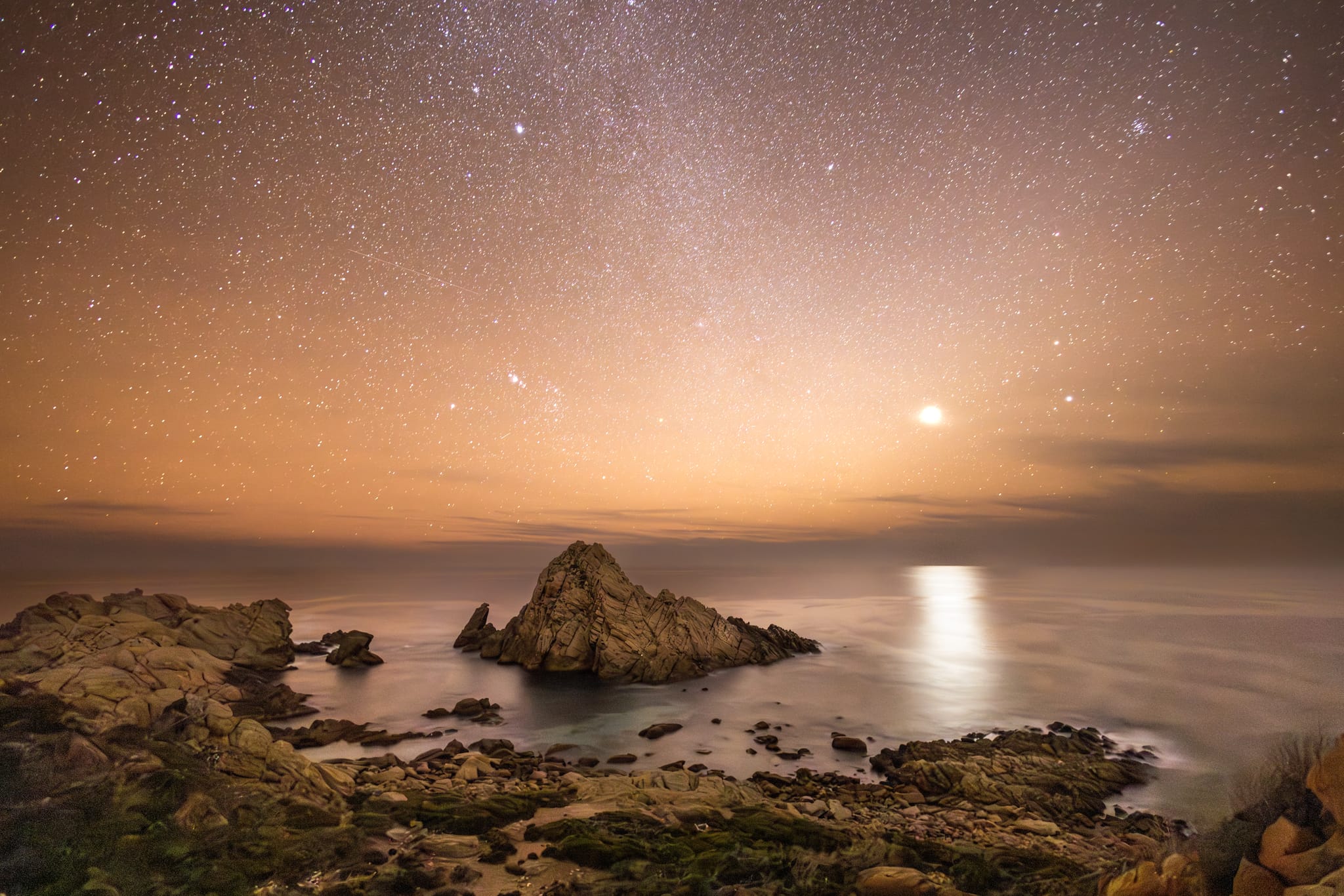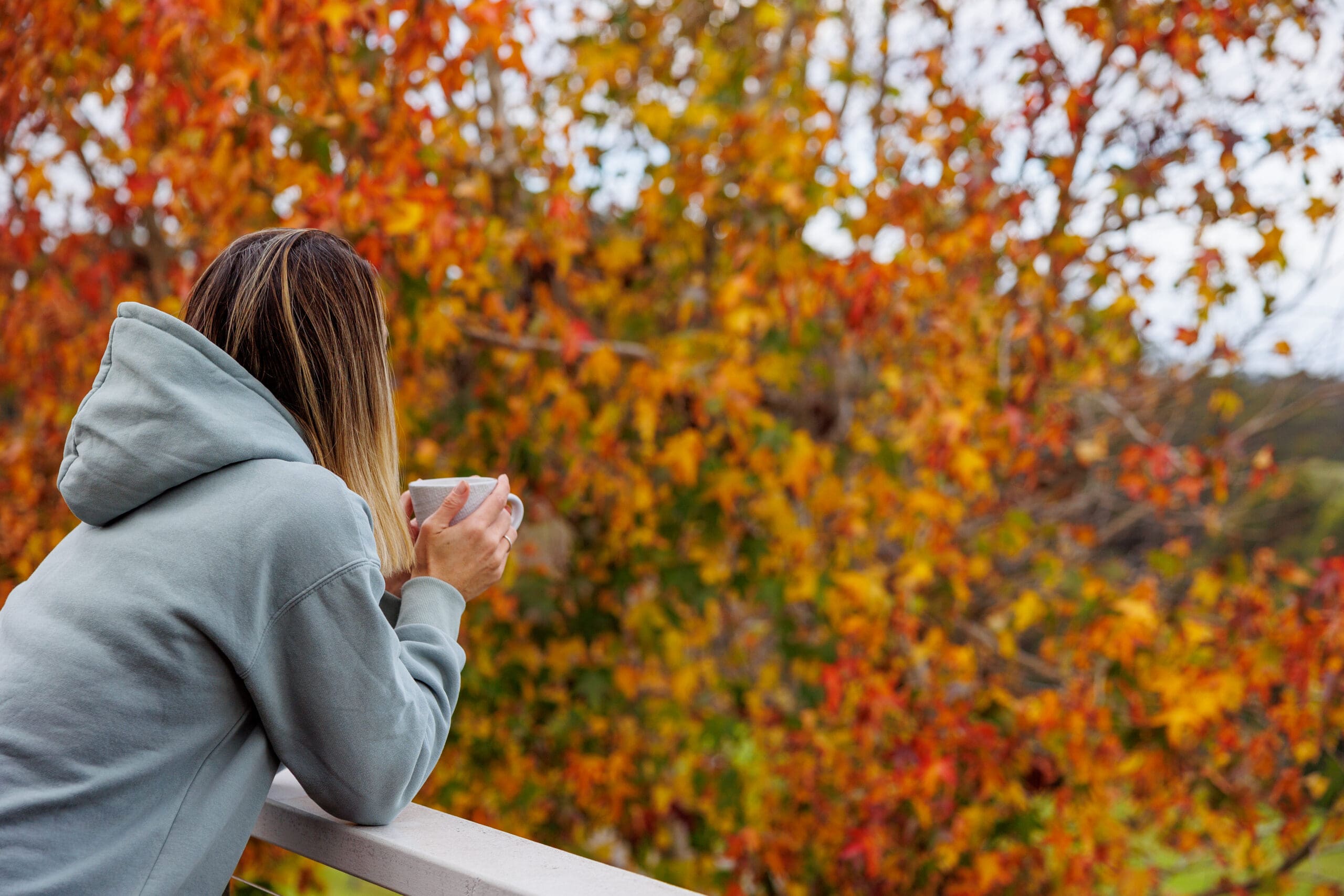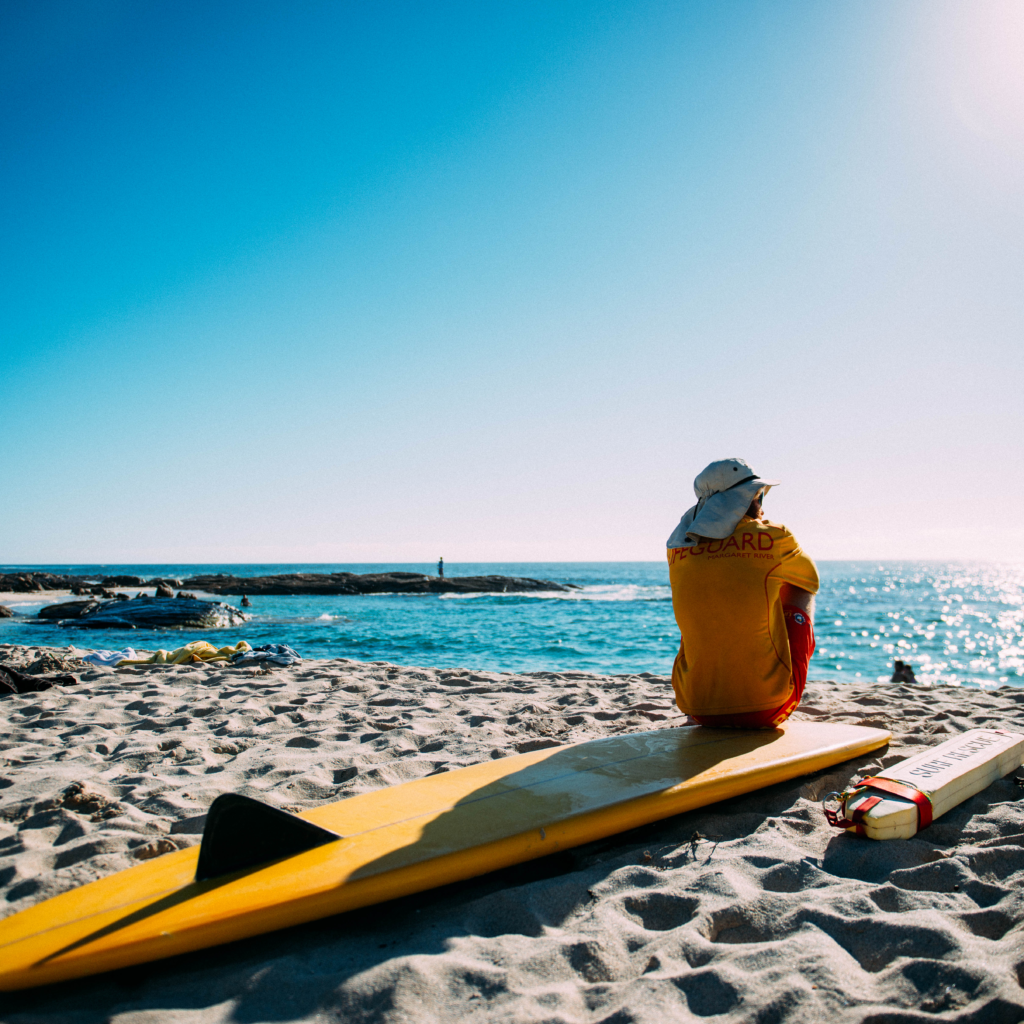Bremer Bay is a coastal hamlet at the far reaches of the Great Southern Region, surrounded by stunning beaches and some of the most ecologically significant flora in the world.
Bremer Canyon
An amazing deep-water ecosystem proven to be one of the few locations on our planet where offshore killer whales can be reliably encountered throughout the Australian summer months. Bremer’s dive and snorkel sites have an abundance of sponge life of many different colours, formations and sizes. Bright orange Gorgonian fans and the delicate appearance of the numerous hydriods add contrast and texture to the seascape. Tube worms, basket stars and soft corals also add colour to this amazing underwater wonderland.
Fitzgerald River National Park
Bremer Bay is the gateway to the South West area of the Fitzgerald River National Park, and a visit to Point Ann is often part of a holiday at Bremer Bay. Whales are the main attraction between July and October, there are wildflowers and spectacular views year round.
Displays of the endemic Royal Hakea, (Hakea Victoria), Quaalup Bells and Pimelea physodes can be seen at the edge of the road. The Hakea is prominent all year, but Quaalup Bells flower as early as June, and may be hard to find after October.
Beaches
Home to spectacular beaches and coastlines that stretch for kilometres, you won’t want to miss digging your toes into the sand in Bremer Bay. Visit some of our favourite beaches like Blossoms Beach, Native Dog Beach, Little Boat Harbour and Dillon Bay.
Bremer Bay is also part of The Great Southern Treasures.












